Power Pretenders – Why Solar Panels are More Cost-Effective than You Think
Some people have long held the view that solar power, along with other sustainable energy sources, is extremely expensive and can only be employed by national government agencies or large corporations. Nowadays, this could not be further from the truth. The advancements and developments in sustainable energy technology throughout the past few decades have allowed renewable energies to offer ever increasingly affordable prices without compromising on the quality of equipment.
This is why you have probably seen solar power farms or solar panels on the roofs of nearby buildings or homes in the more recent past. If you’ve been told to consider switching to solar power, you might be onto something that could be highly beneficial not only for the environment but also for your wallet.
Keep reading to learn just some reasons why solar power could be a cheaper option than you may have originally thought.
Is Solar Power Financially Viable?
There are setup costs for this type of sustainable energy resource which can initially be considered expensive if the person investing were to have to continue to spend heavily over the years to maintain or replace parts of the solar system. However, once the initial costs of solar panels are covered and the system is up and running, users can depend on their solar system for a minimum of approximately 25 years, which is the normal warranty limit. Often photovoltaic cells last even longer than this and can still be used beyond the warranty, making the whole investment financially worth it.
Another cost-effective aspect of solar panels, in comparison to using grid energy, is that solar power users no longer need to pay for the energy that is being consumed on a day-to-day basis in their home or office. Instead, this energy is being provided by the sun, an inextinguishable resource that offers power every moment, from dawn to dusk. If the solar panel system installed has a battery attached, the system can also continue to offer the saved energy when the sun goes down, making the user completely independent of the electric grid system.
Even if the system does not include a battery, often the solar energy gathered throughout the day will be more than enough to power the home or business in question in the daytime and will, therefore, be supplying excess energy to the grid system automatically. By doing so, the user is entitled to feed-in tariffs offered by electricity companies who then reimburse the solar system owner for the extra energy provided and used by the grid. This means that any energy the user does receive from the national grid is essentially cancelled out by the economic refunds.
Additional Solar Costs Covered
Government schemes across the country have also been set up to encourage the use of solar panels in homes and businesses which include financial incentives, such as tax rebates and credits. This is yet another way that solar power pays off for those who choose to make the switch to solar energy.
In addition to these extra financial bonuses, users of solar panels can also be happy in the knowledge that they no longer have to change electricity companies looking for the best offer that year in order to try and beat the constantly rising and fluctuating grid prices.
Solar Energy – What Are The Real Costs?
In the long run, solar power is becoming more and more cost-effective for all, whether the cost is financial or considered in terms of cost to the environment. Sustainable energies are fast evolving and gaining popularity at alarming speeds as a considerable amount of people become increasingly concerned for the future of the planet.

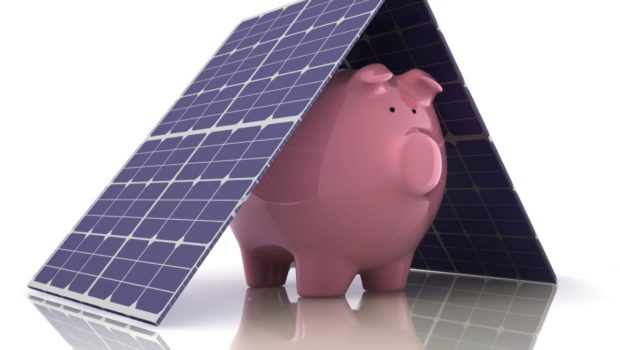
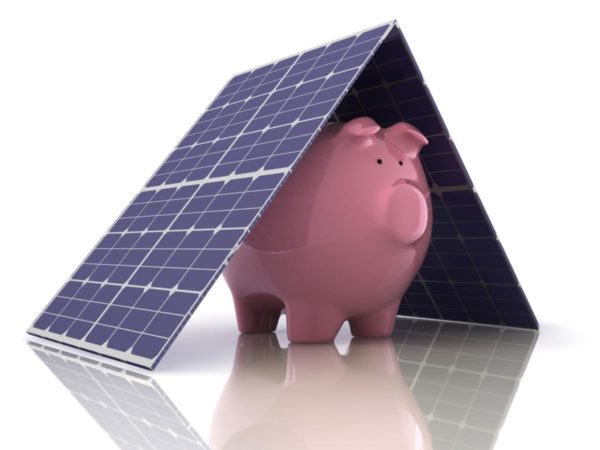

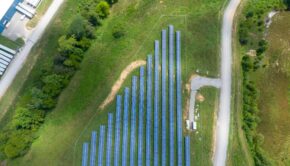
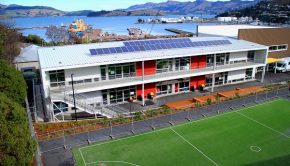
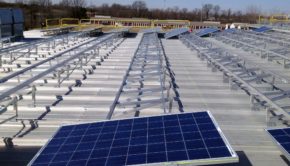
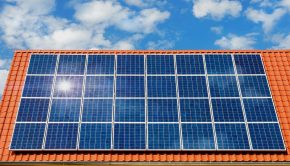


![6 Tips to Choose the Best Restaurant POS System [Infographic]](https://technofaq.org/wp-content/uploads/2016/12/6-Tips-to-Choose-the-Best-Restaurant-POS-System-01-150x150.png)






